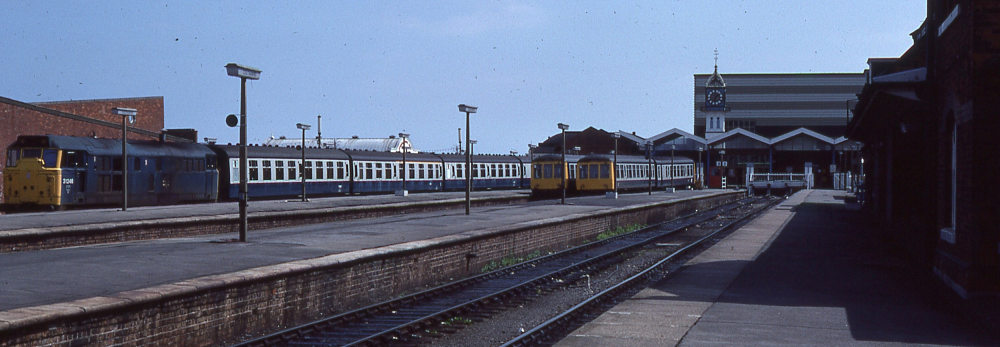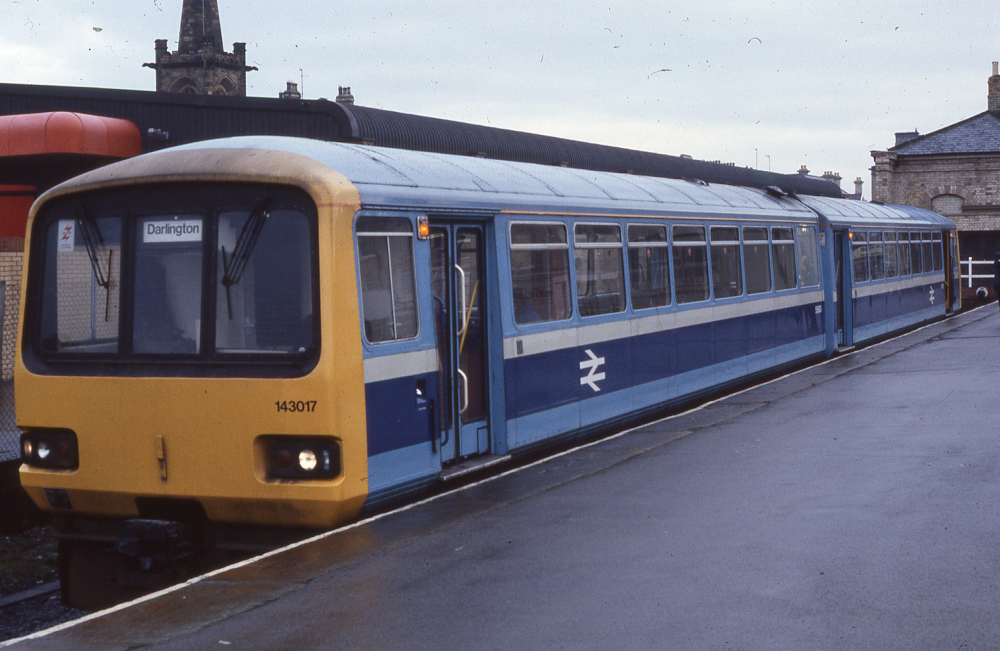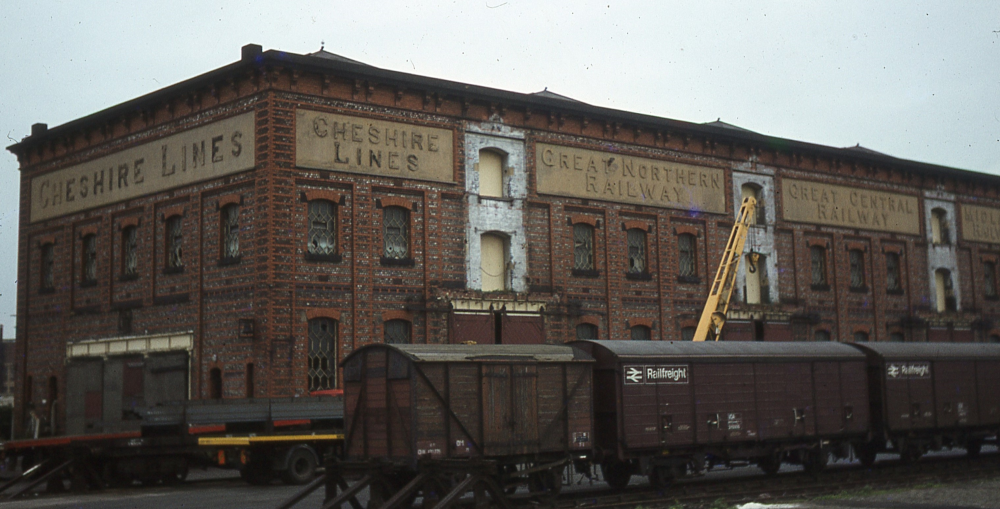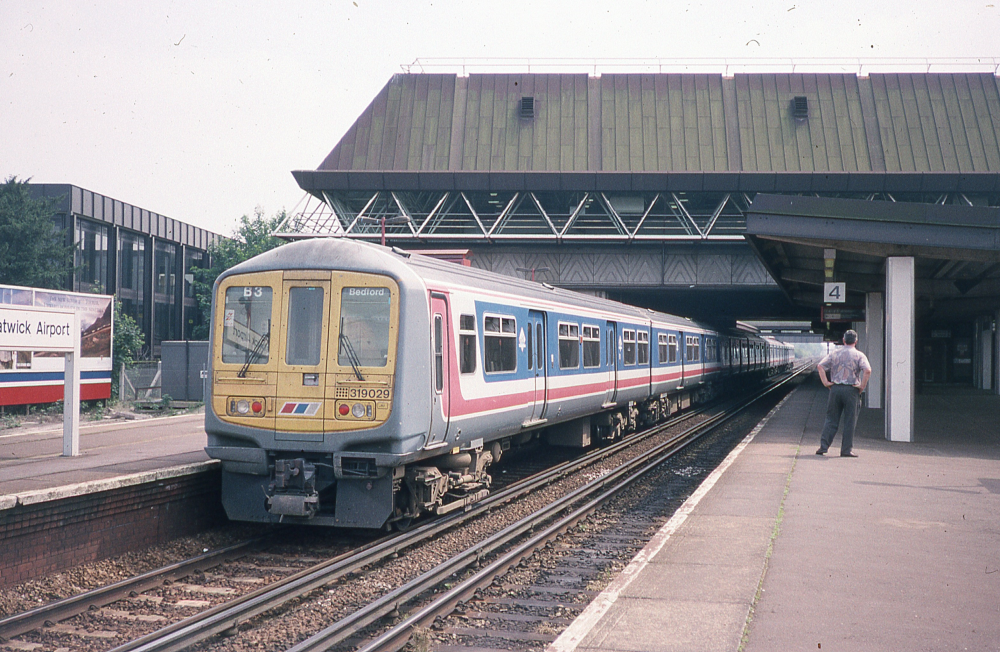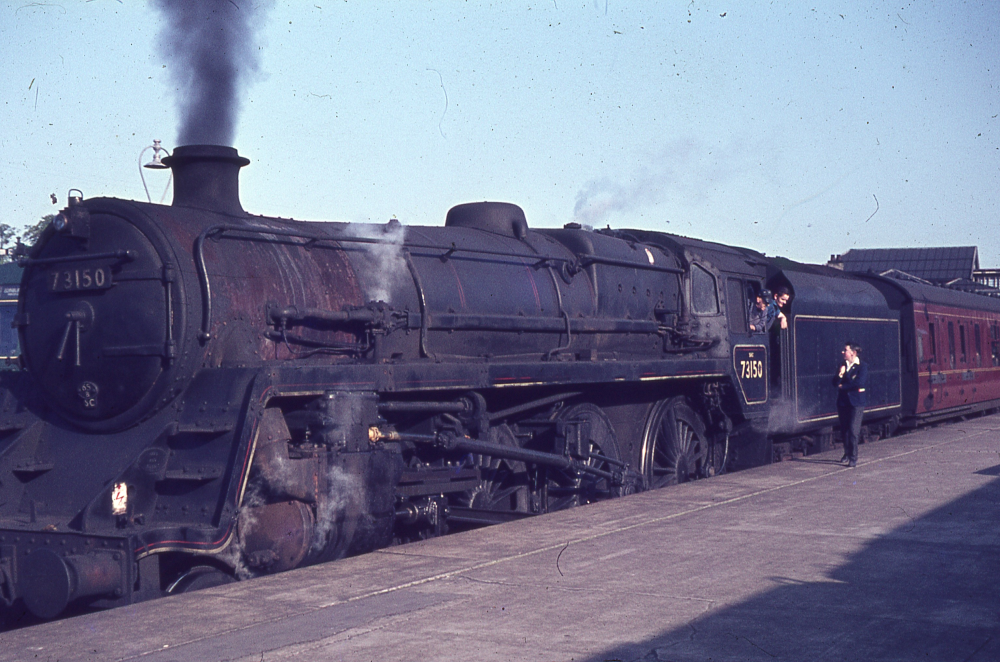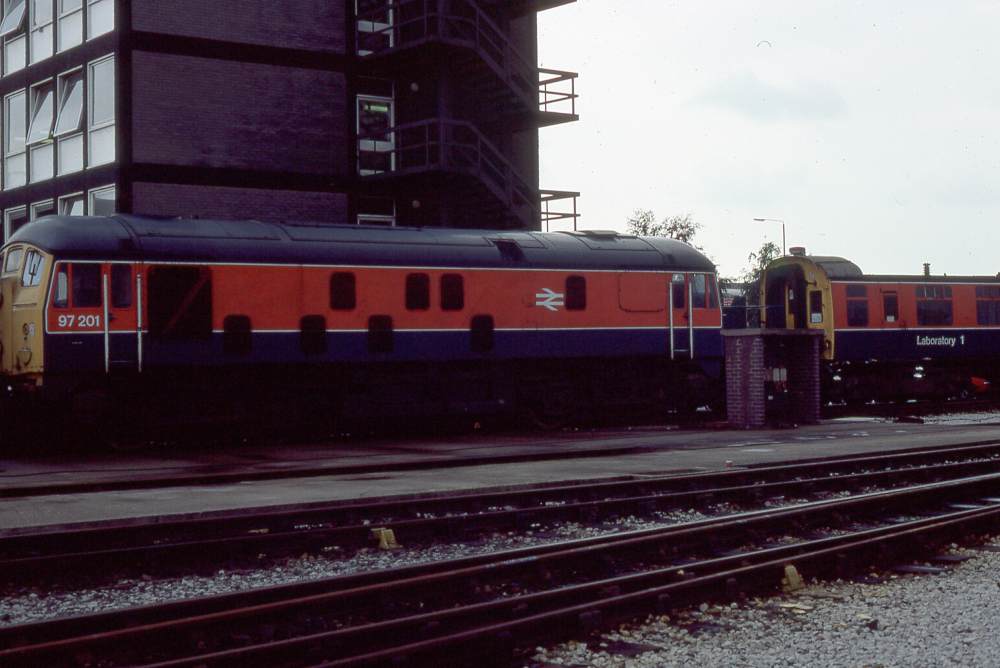-
Posts
15,831 -
Joined
-
Last visited
-
Days Won
393
Content Type
Profiles
Forums
Events
Gallery
Blogs
Store
Community Map
Everything posted by jhb171achill
-
British stuff from the Catacombs
jhb171achill replied to jhb171achill's topic in British Outline Modelling
-
British stuff from the Catacombs
jhb171achill replied to jhb171achill's topic in British Outline Modelling
Luxury executive transport today. I think that between the two carriages, this thing had at least two, and possibly three wheels......and a stop and go button in the driver's cab. . Now an orange and black one. Must be at Leixlip (Druggie). -
IRM At The Dublin Show 2022 - Just What Will We Announce?
jhb171achill replied to Warbonnet's topic in News
Just before Raheny. -
British stuff from the Catacombs
jhb171achill replied to jhb171achill's topic in British Outline Modelling
Steam this time - Barry. I may have posted this before, but here goes anyway. . I have to say I like this one.... -
Photographs of J. Langford
jhb171achill replied to GNRi1959's topic in Photos & Videos of the Prototype
If John (an absolute gentleman, who I knew years ago) is still alive, but he's a good age. He deals only by letter. He and I used to write to each other regularly. I must look out his last letter - I THINK (but would need to check) that he has handed his entire collection over to someone / somewhere. -
This was one vague idea, it seems- but I don't think it was a serious proposal. The idea of diesel-hauled mixed trains was already established by then and the flexibility this allowed tended to trump any thoughts of a separate passenger train - plus there would be no spare parts for it in Galway or Athlone, and possibly less knowledge amongst fitters. They seem to have put a railcar idea to bed for good with a trial of the Sligo railcar on that branch in 1959. In a modelling sense, I always thought that a single-unit railcar, in a CIE, UTA or even NIR world, would have made an ideal subject for a very small shunting terminus layout. The Sligo car, or one of these, or even for modern-image, one of the 2750s, would be perfect.
-
IRM At The Dublin Show 2022 - Just What Will We Announce?
jhb171achill replied to Warbonnet's topic in News
They’re both thoroughly obnoxious systems! Lucky we don’t get model trains from Russia…..though domestically, Xi is every bit as bad. -
IRM At The Dublin Show 2022 - Just What Will We Announce?
jhb171achill replied to Warbonnet's topic in News
I think it’s a generational thing - jhbSenior would have dismissed them outright, albeit not actually bitching as such; having been brought up when even all commuter services were steam (except the Drumm trains!), diesels in any shape or form were ignored. I think he gave a special dispensation to Donegal ones, though! Personally, I have little interest in any of them, per se; but recognise the immense value they have been to the railways here for nigh on seventy years now, this alone propelling them into the world of technical and historical interest. A few memories too, of commuting in them when I had less grey hair. Might add, while my layout is firmly rooted in the grey’n’green and black’n’tan eras, AEC railcars are absolutely crucial for that time, so if a RTR one appears, I’ll want several. And while an 80 class or ICR is technically far too modern for that era, and too modern for my own area of interest, I would still buy one of each for historical interest. -
IRM At The Dublin Show 2022 - Just What Will We Announce?
jhb171achill replied to Warbonnet's topic in News
Indeed. For the benefit of younger readers, there was scarcely a line on the (then much larger) CIE system which did not use them - in many cases virtually all passenger services were worked by them LONG before the end of steam, the latter being confined to shunting and goods on such routes. In the north, the GNR used them on the main line as stated above, but also on Howth and Belfast - Portadown suburban, as well as Belfast - Clones and Enniskillen, and Belfast - Portadown - Derry. After the GNR, the UTA continued their use, and so did NIR until the mid-1970s. Imagine trying to model ANY line in the west of Ireland today, or the Rosslare or Waterford lines - without an ICR. If anything remotely approaching accuracy was desired, and ICR is an absolute MUST. SAME with AEC railcars on all of the above-mentioned lines. Even the Waterford & Tramore and Cork (Albert Quay) - Bantry ended up with these things on all passenger services. They worked Waterford - Limerick, Limerick - Tralee, and Limerick - Claremorris - Sligo, as well as the main lines from Dublin to Waterford, Rosslare, Cork, Sligo, Galway, Westport, Tralee..... -
That's actually pretty reasonable!
-
British stuff from the Catacombs
jhb171achill replied to jhb171achill's topic in British Outline Modelling
-
The reality is that inter-connectivity of SOME transport routes nowadays is very far from top priority. Things do change over the years. The apparent lack of any attempt at connecting foot passengers on Welsh ferries at Rosslare, with trains, or even a bus to Dublin, is well-known and much commented on, but the reality - whether any of us enthusiasts like it or not - is that only a miniscule percentage of passengers on that line are going to Wales, and an even more miniscule amount of passengers on the ferry don't have cars or are passengers in minibuses. I, too, recall when you could get a ticket from anywhere in Ireland to anywhere in Europe - Senior, in the 1950s, was able to get tickets by train from anywhere in Ireland to a specific rural location in Austria. But the plane and the car have pushed these to the bottom of the list; I would say enjoy what journeys are possible this way while any of us can!
-
IRM At The Dublin Show 2022 - Just What Will We Announce?
jhb171achill replied to Warbonnet's topic in News
Of ALL the railcars that have ever run on this island, there are three absolute essentials. The AEC sets, variously in CIE, GNR, UTA & NIR guises; the 80 class, and ICRs. -
IRM At The Dublin Show 2022 - Just What Will We Announce?
jhb171achill replied to Warbonnet's topic in News
RTR GSWR and MGWR 4.4.0s, then........... -
A beet train would be easy, for example - Provincial’s GSWR brake van in CIE livery and a string of Bullied corrugated open wagons. Add in a 1953 goods van or two for beet pulp.
-
British stuff from the Catacombs
jhb171achill replied to jhb171achill's topic in British Outline Modelling
-
IRM At The Dublin Show 2022 - Just What Will We Announce?
jhb171achill replied to Warbonnet's topic in News
I can happily attest to the fact that far from anything being wrong with them, they're excellent! A few of them hard at work on Dugort Harbour, with a few more awaiting construction. B L U E touch paper? Now that IS food for thought........ I'm thinking a GNR 4.4.0! -
The overall mileage was at its height between 1913 and 1923; after the Keady-Castleblayney line had opened, but before it and the Listowel & Ballybunion had closed.
-
British stuff from the Catacombs
jhb171achill replied to jhb171achill's topic in British Outline Modelling
Excellent stuff, Hexagon! Thank you. I’ll go on posting Senior’s British stuff, as good information like this will be the result. -
IRM At The Dublin Show 2022 - Just What Will We Announce?
jhb171achill replied to Warbonnet's topic in News
In all reality, in terms of what actually ran on the rails in, say, the fifties and sixties - as opposed to anyone's actual opinion or preference - the most glaring gaps (but not the only ones) at this point in time are: 1950s: AEC railcars, both CIE & GNR / Horse boxes / B101 & C classes RTR, plus some more steam / wooden-bodied carriages of GNR, GSWR or MGWR origins / Park Royals / laminates / 6-wheelers. 1960s: In addition to the above: NCC "Jeeps" / Tin Vans 1970s: 80 class railcars -
British stuff from the Catacombs
jhb171achill replied to jhb171achill's topic in British Outline Modelling
-
1950, really. In that year the UTA closed a large mileage of railway completely and withdrew passenger services on mother parts. However, a number of branches with services "temporarily" suspended during the fuel shortages of the 1940s never saw regular trains again either. 1957 saw the massive GNR closures. On CIE, a spate of branch line closures took place during 1958-63, though the bigger mileages were 1967 and 1975.
-
IRM At The Dublin Show 2022 - Just What Will We Announce?
jhb171achill replied to Warbonnet's topic in News
Powered Fintona horse. 4-wheel drive, eco-friendly fuel. -
Dear Santa I have been very good since last year……………………………… …………………………..
-
Maybe they’ll put a Thomas face on one, because, that would be like, awwwsum, and there’s a steam train thing up in Dublin that’s blue…..!
.png.c363cdf5c3fb7955cd92a55eb6dbbae0.png)

